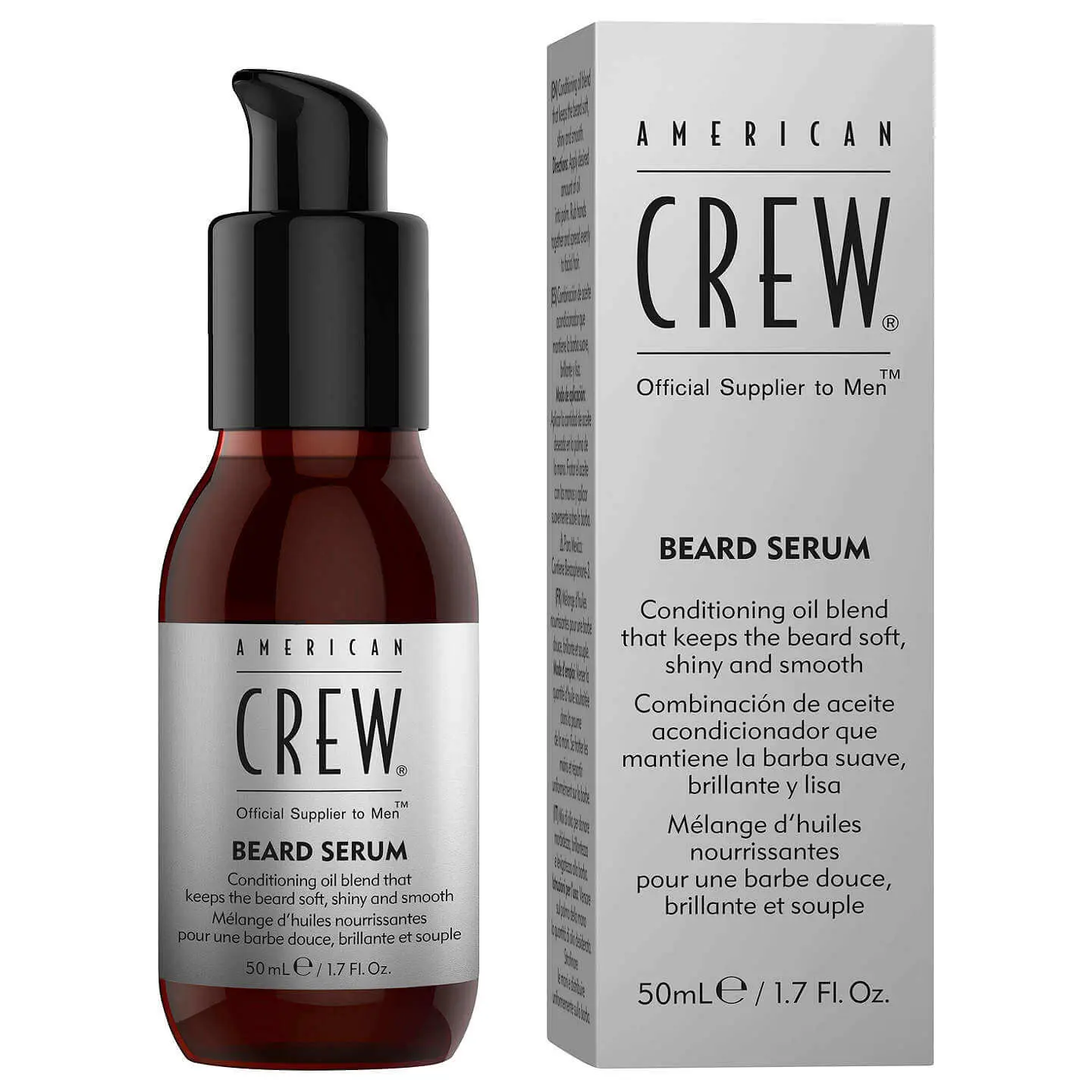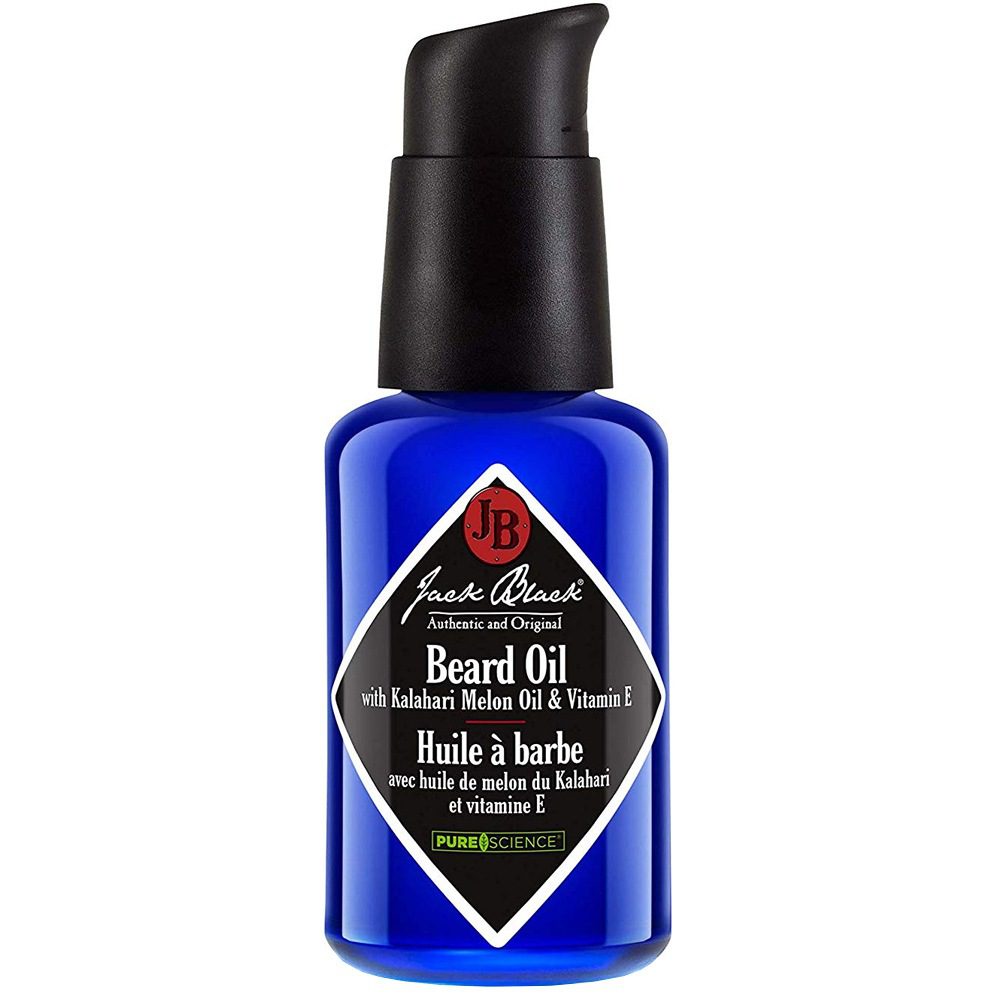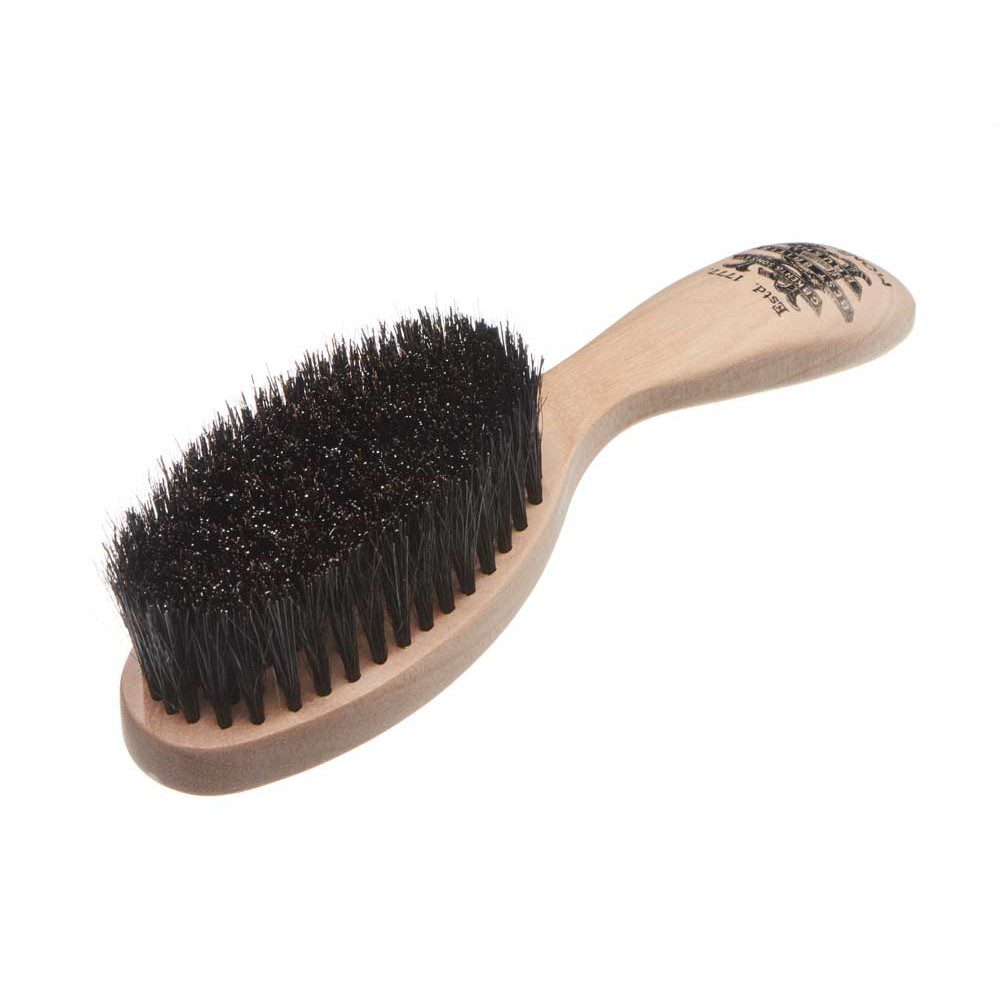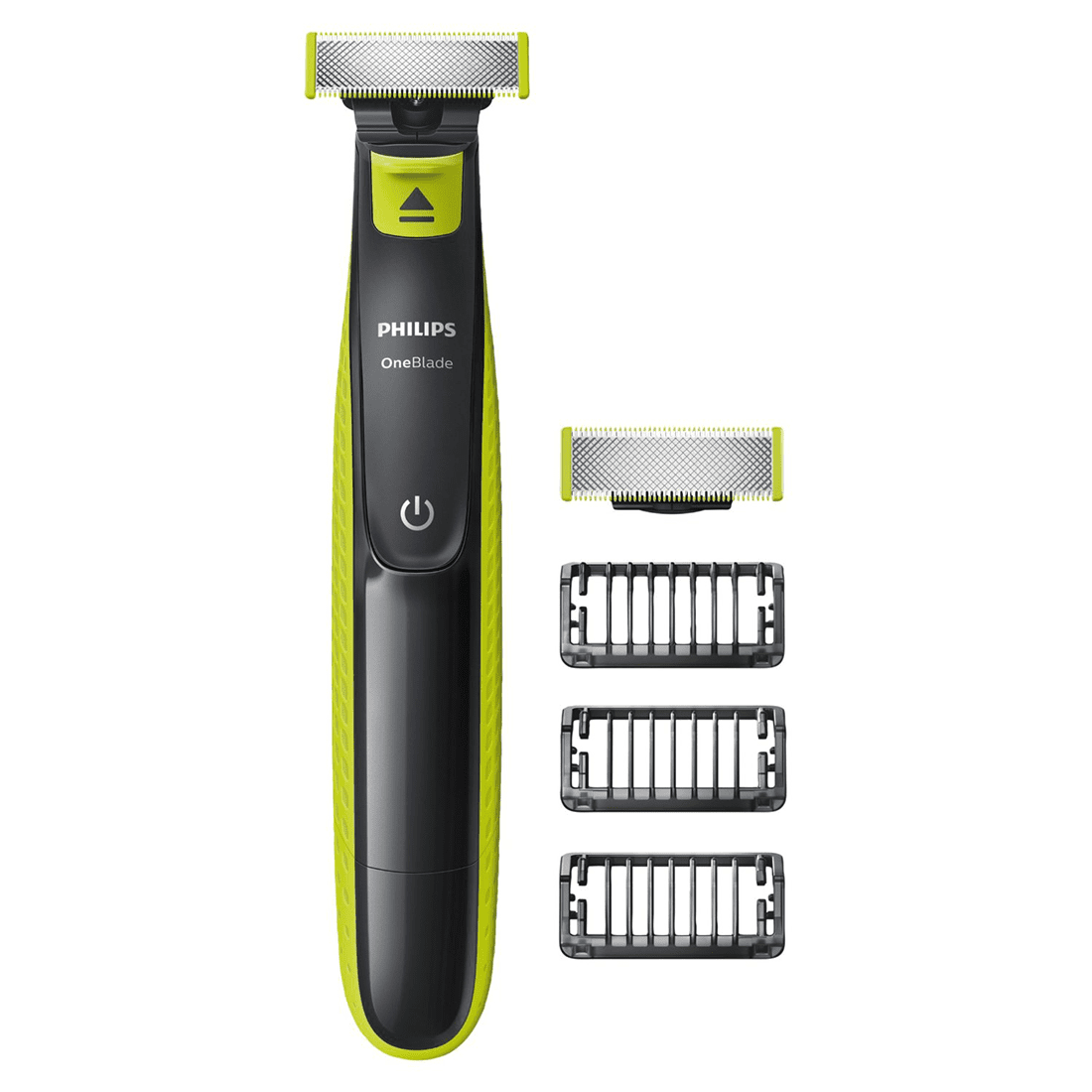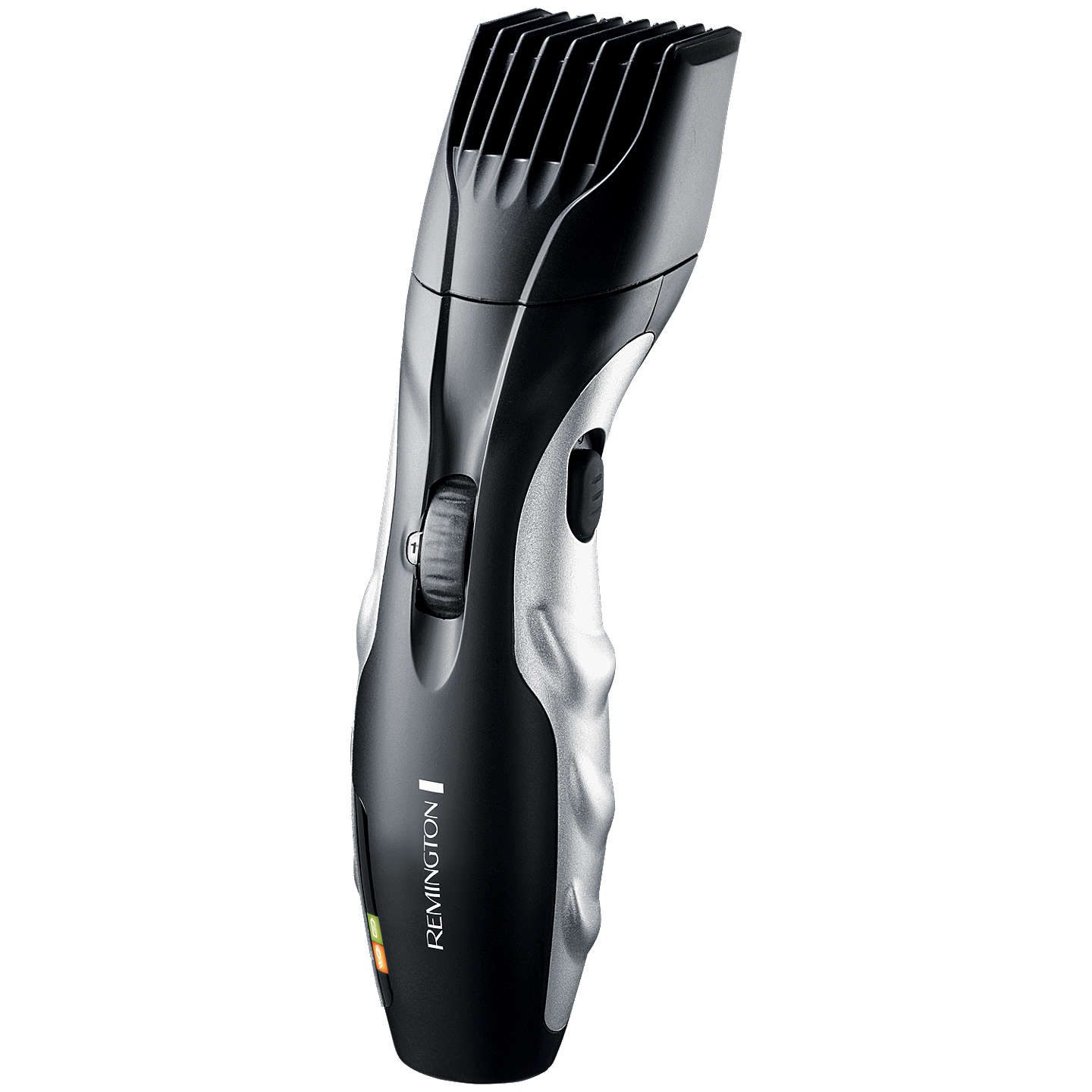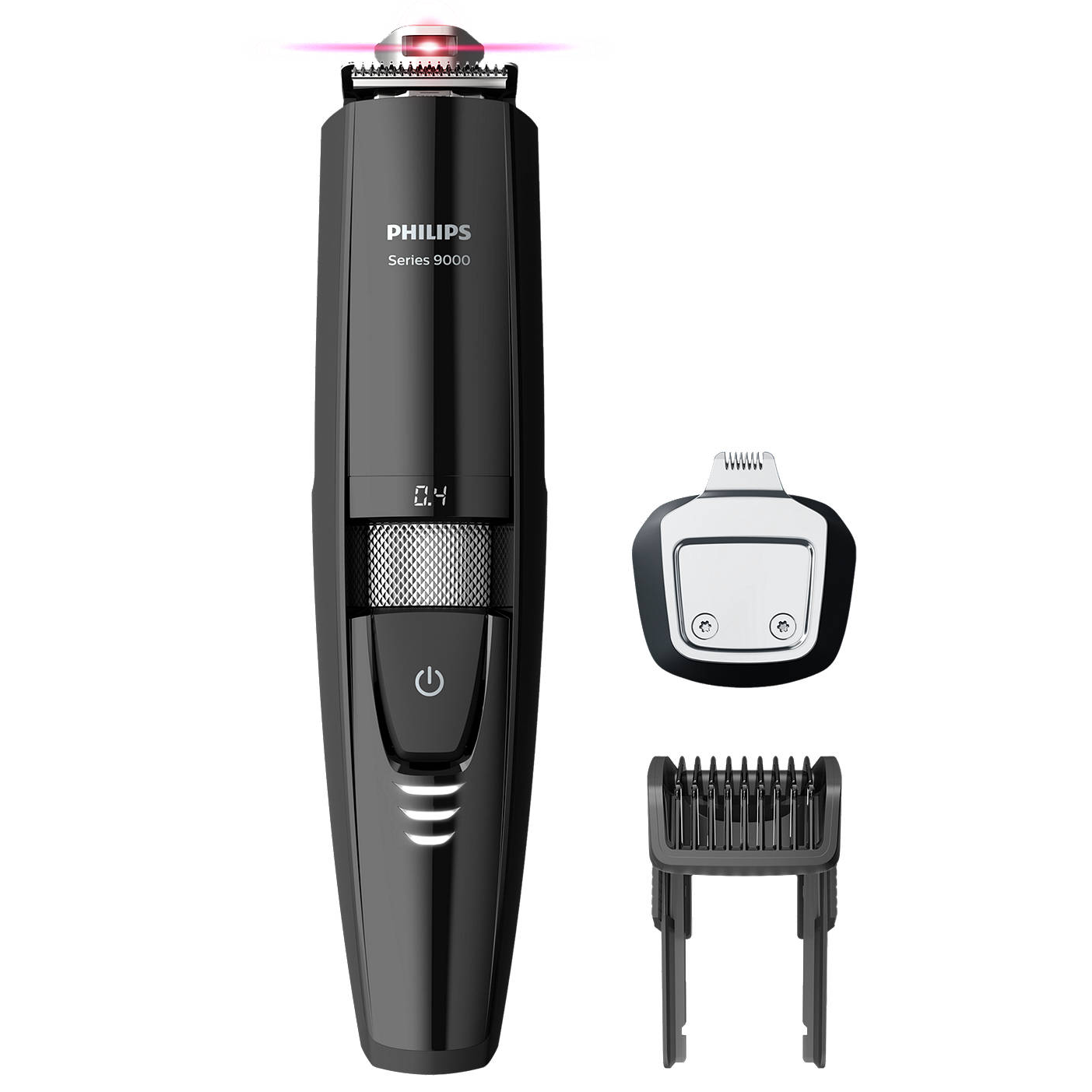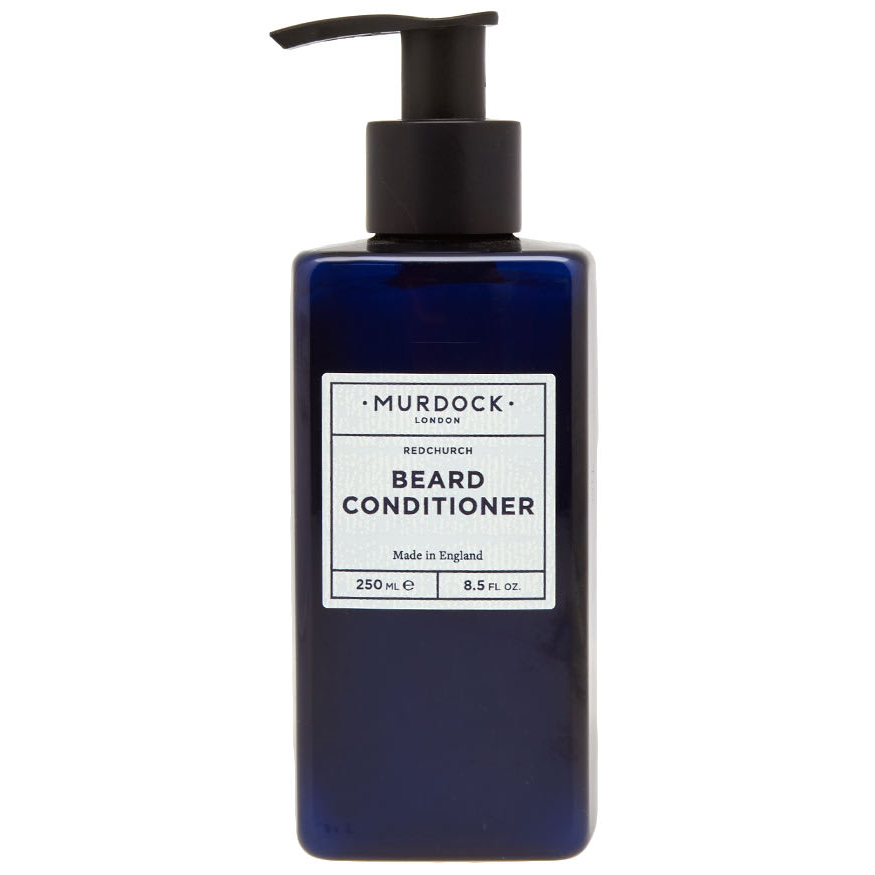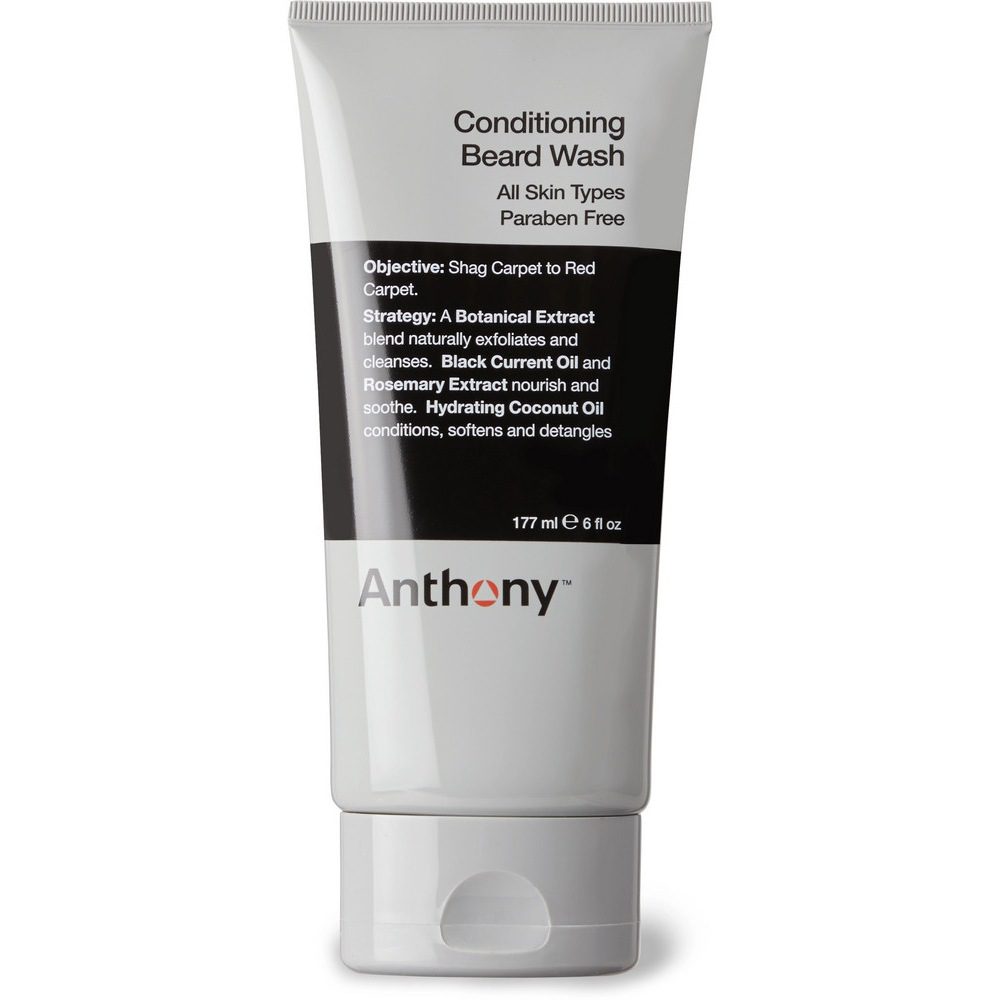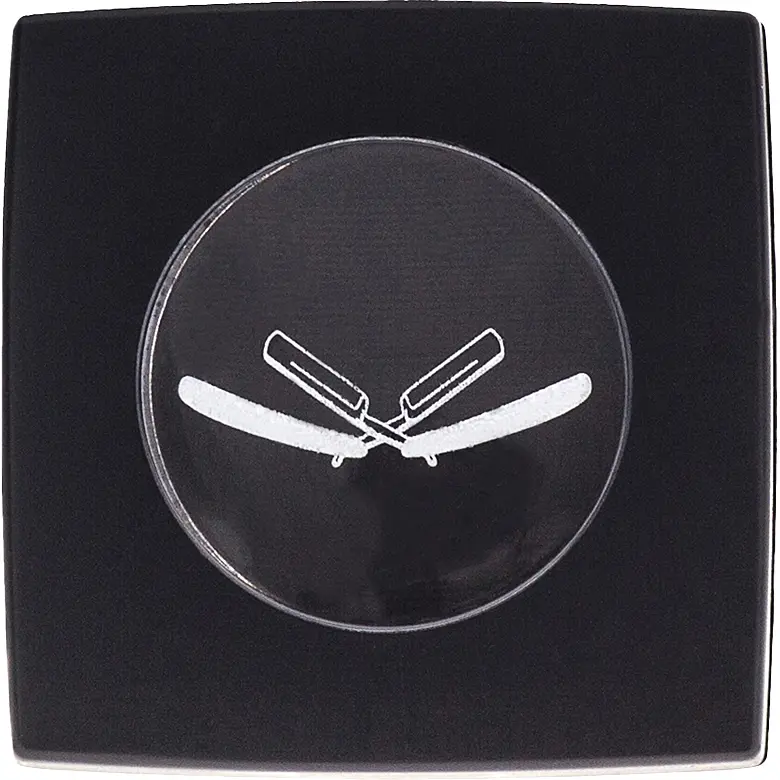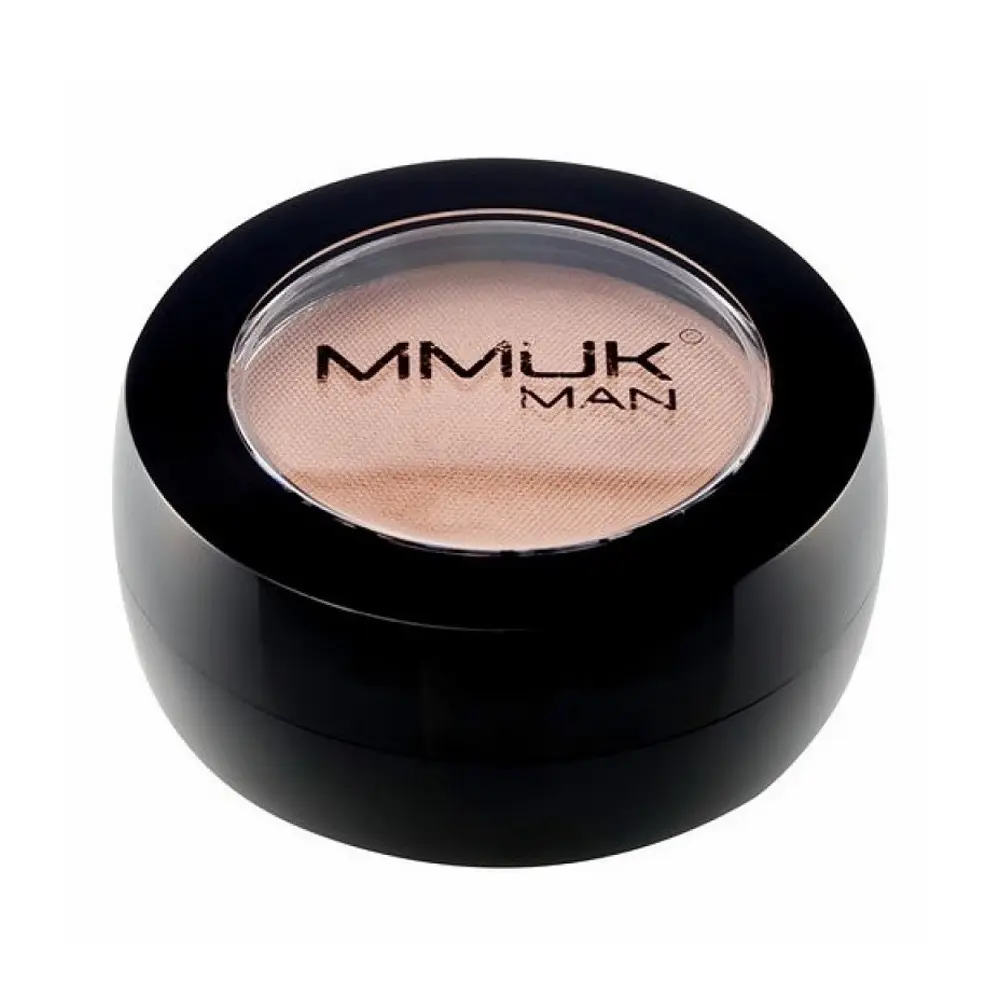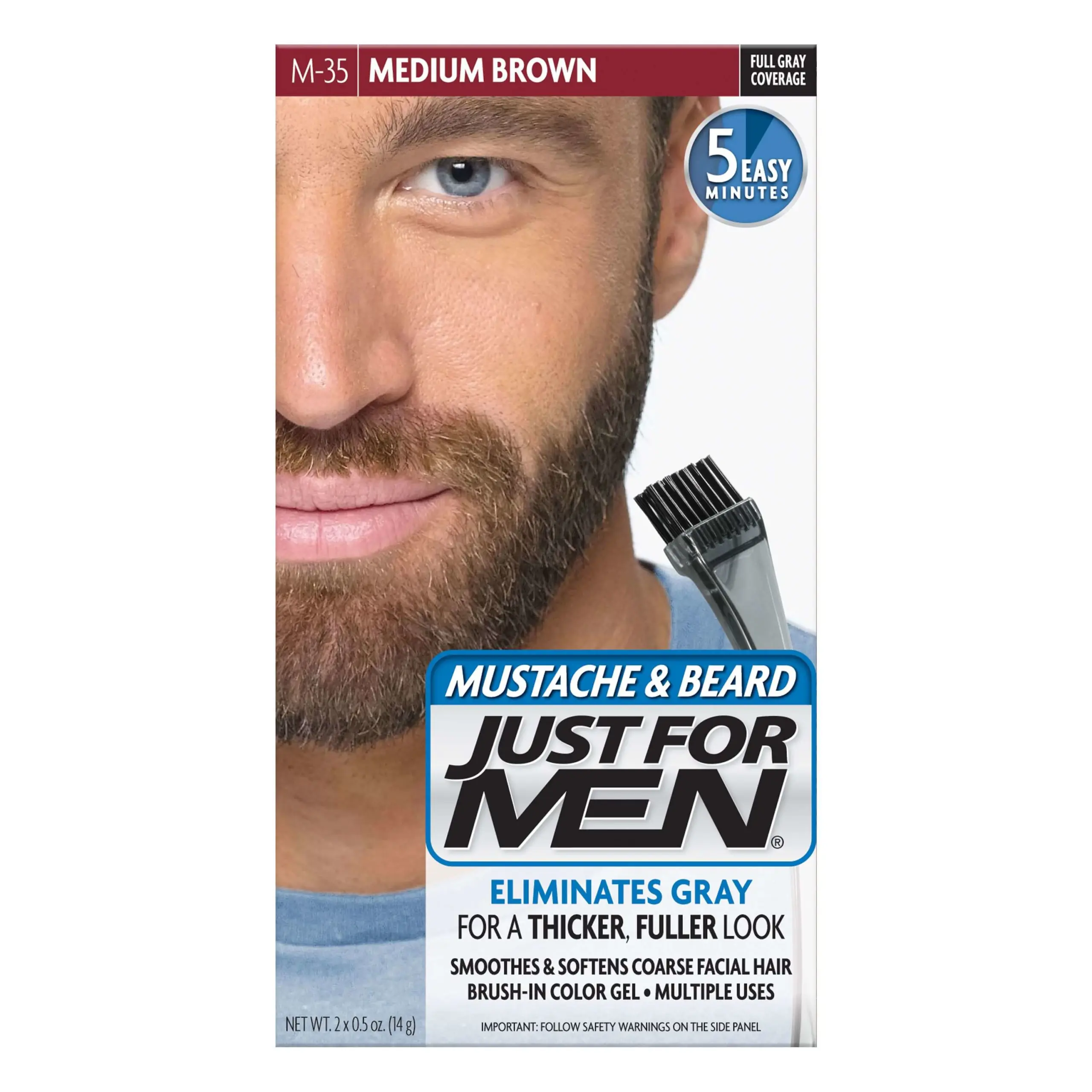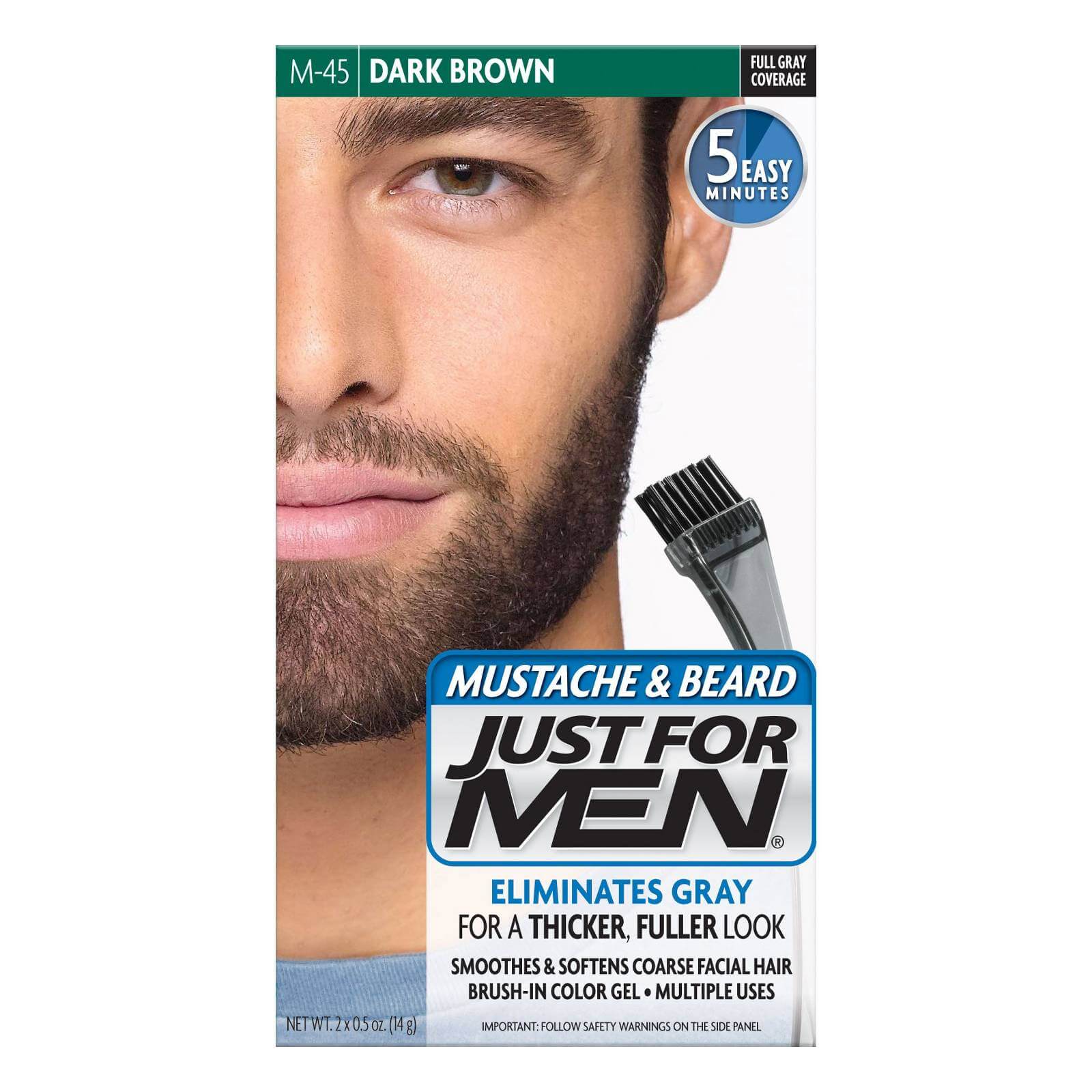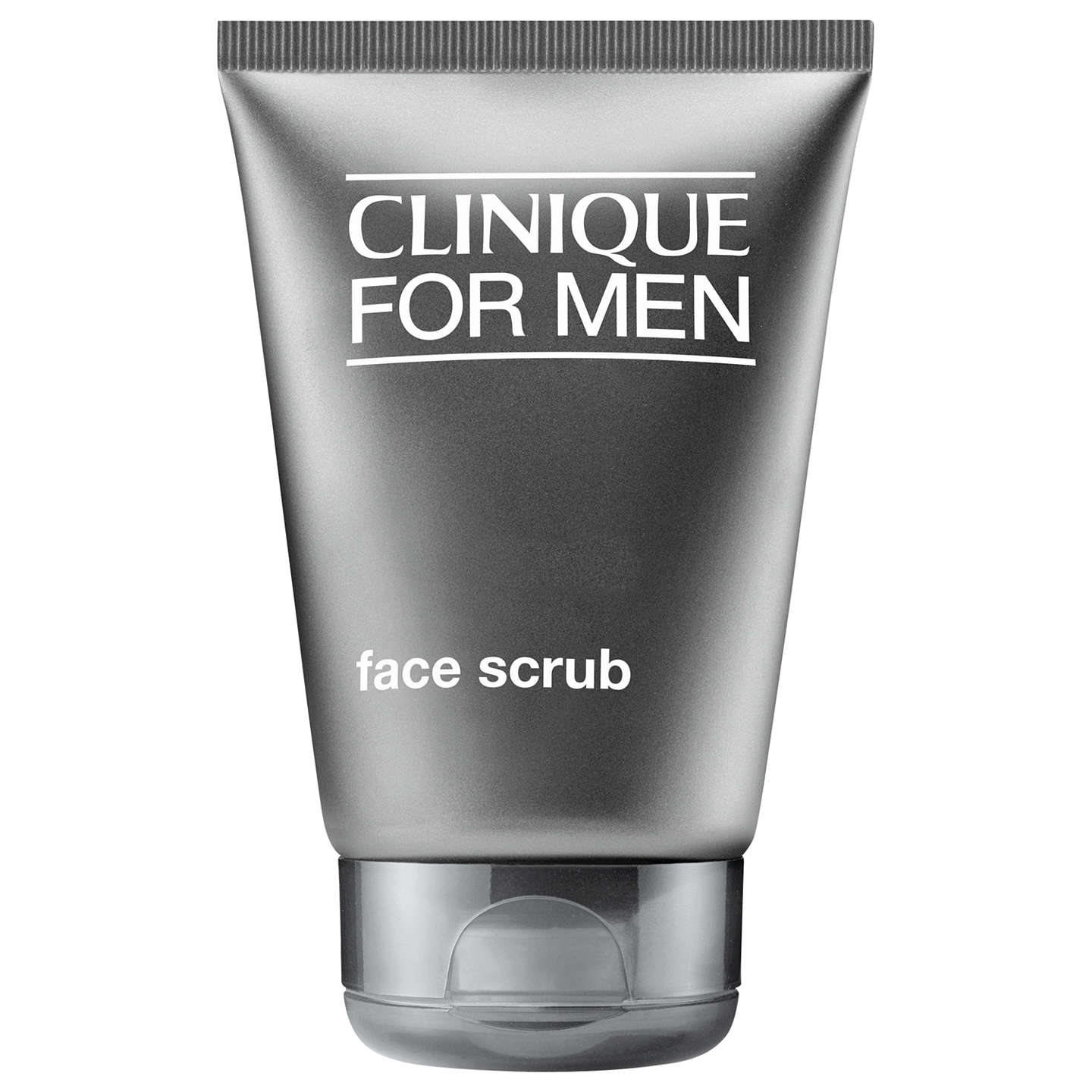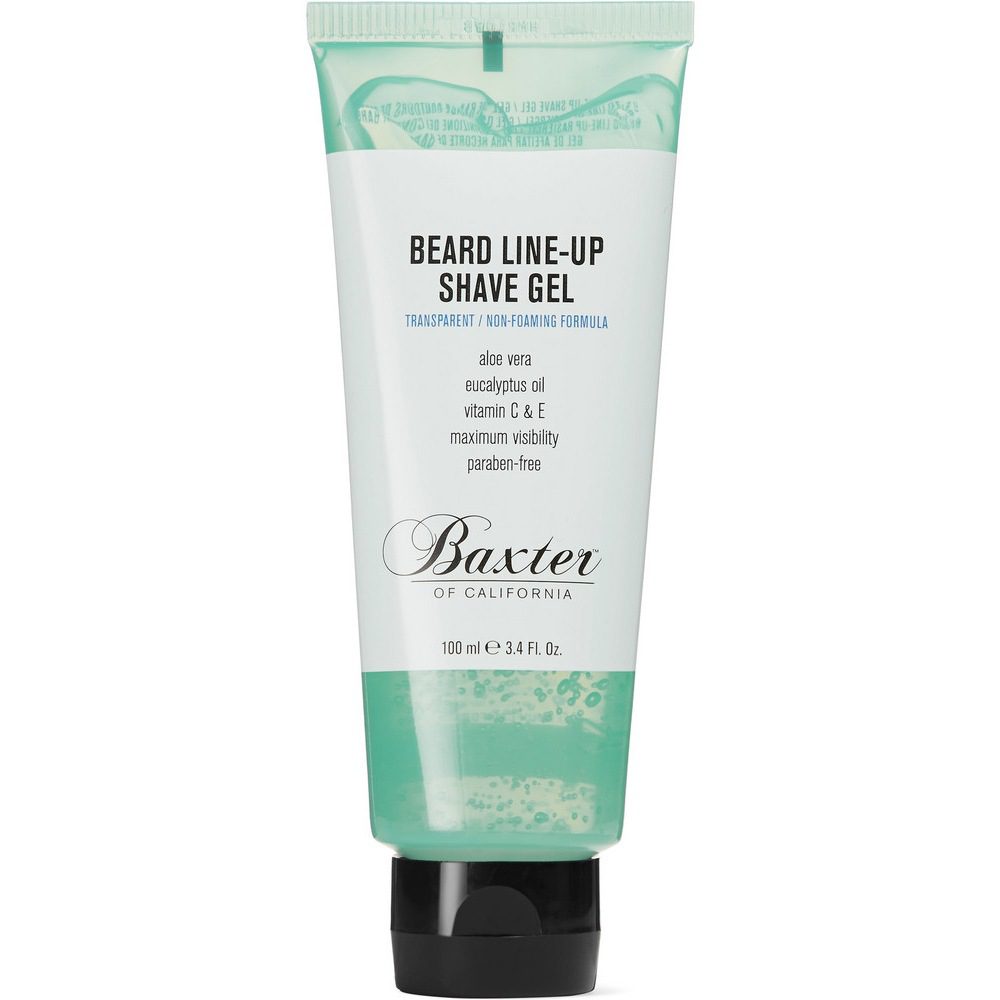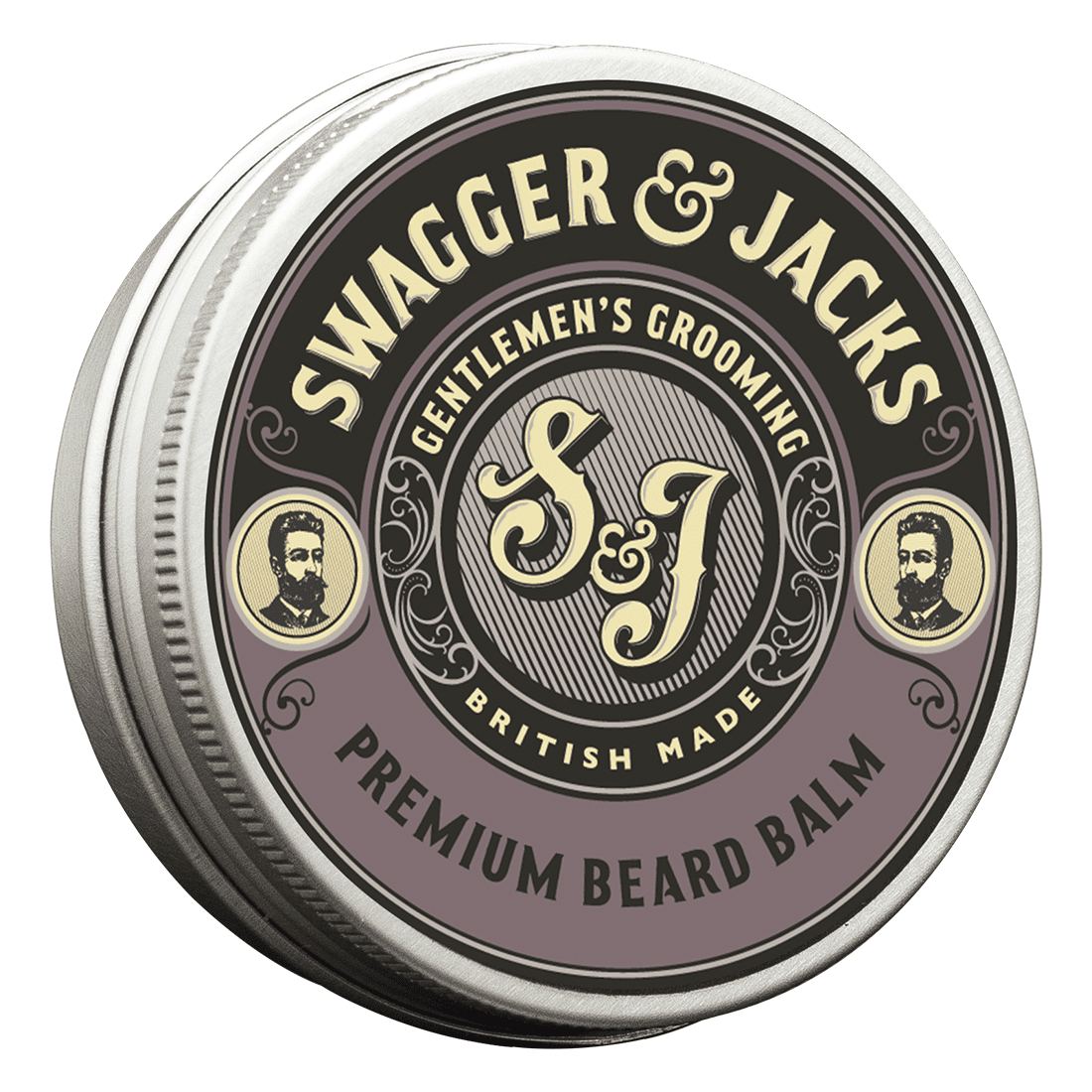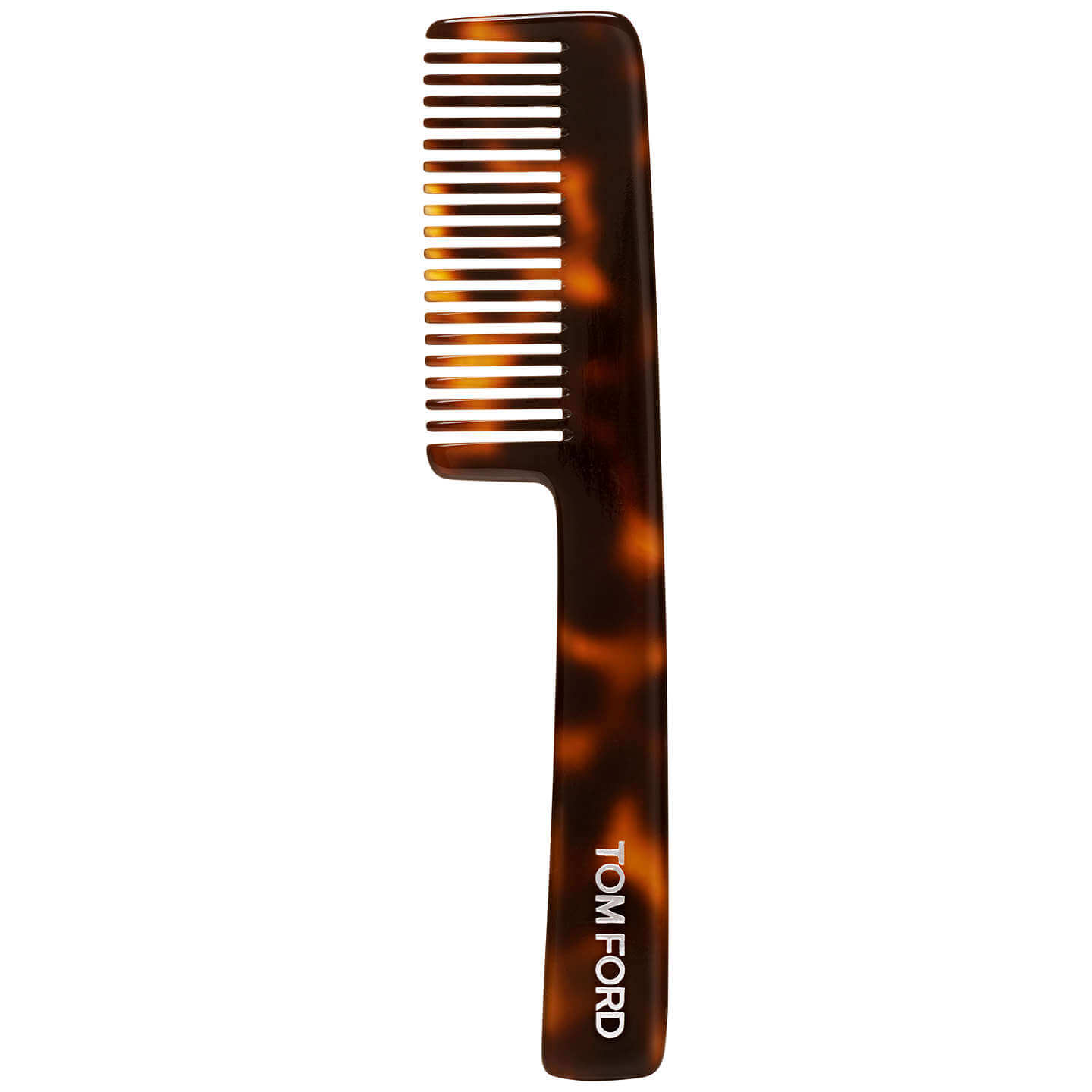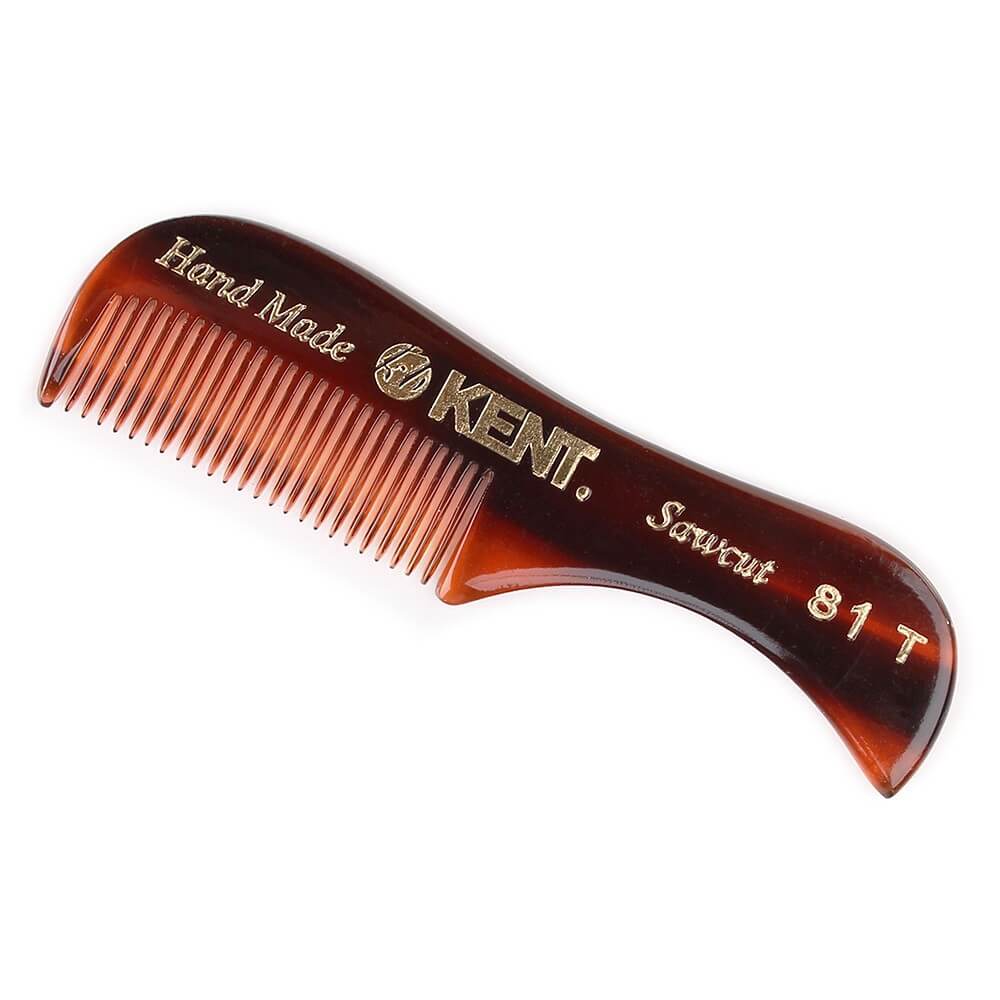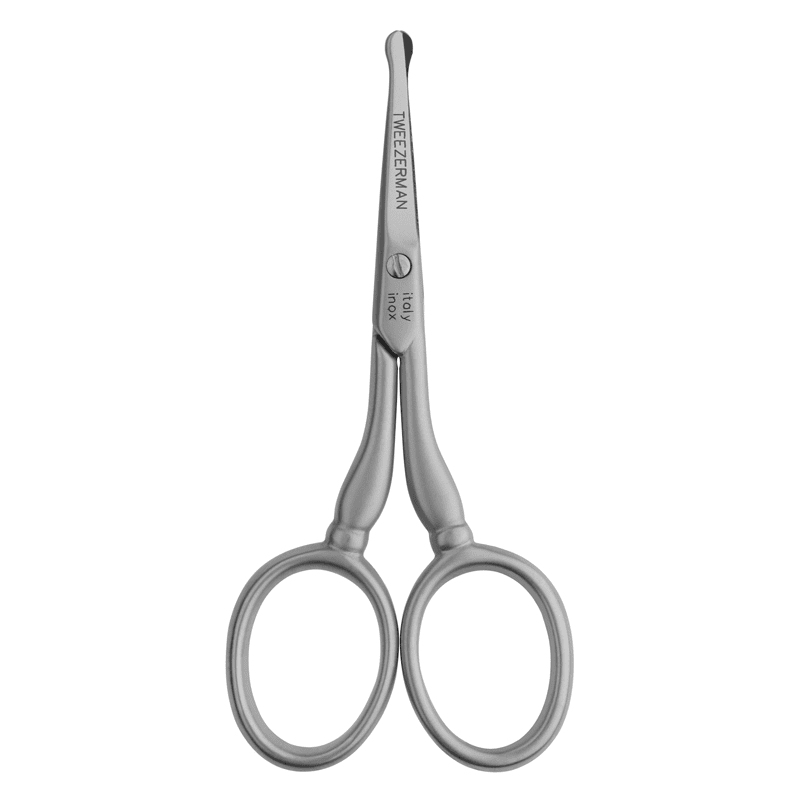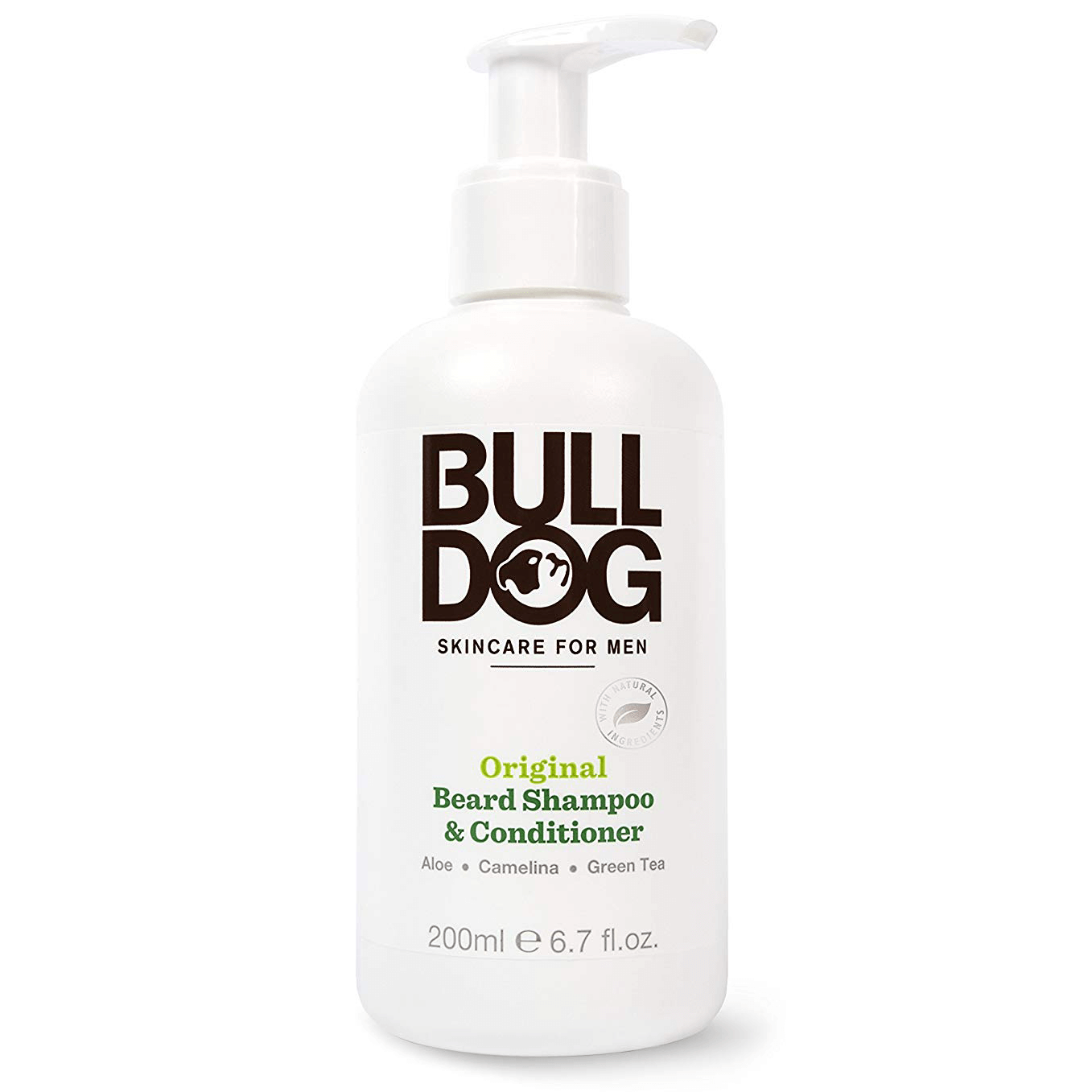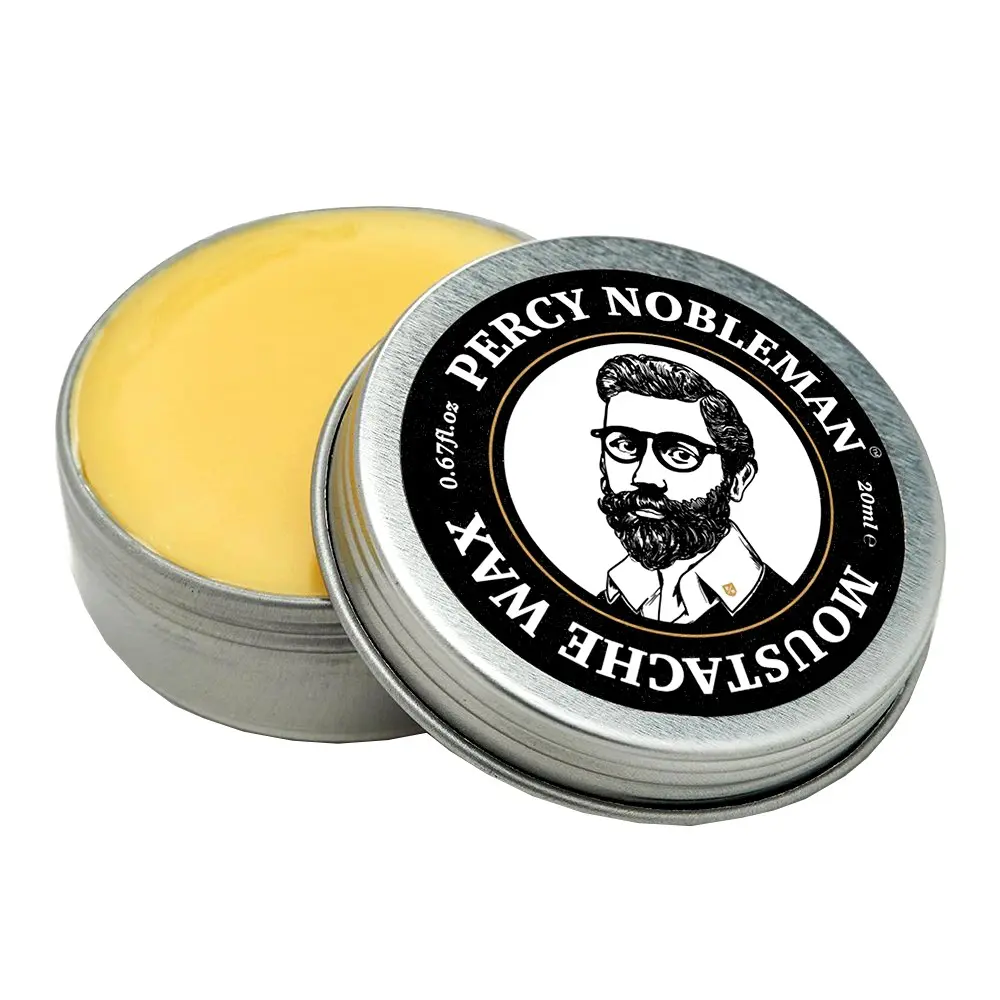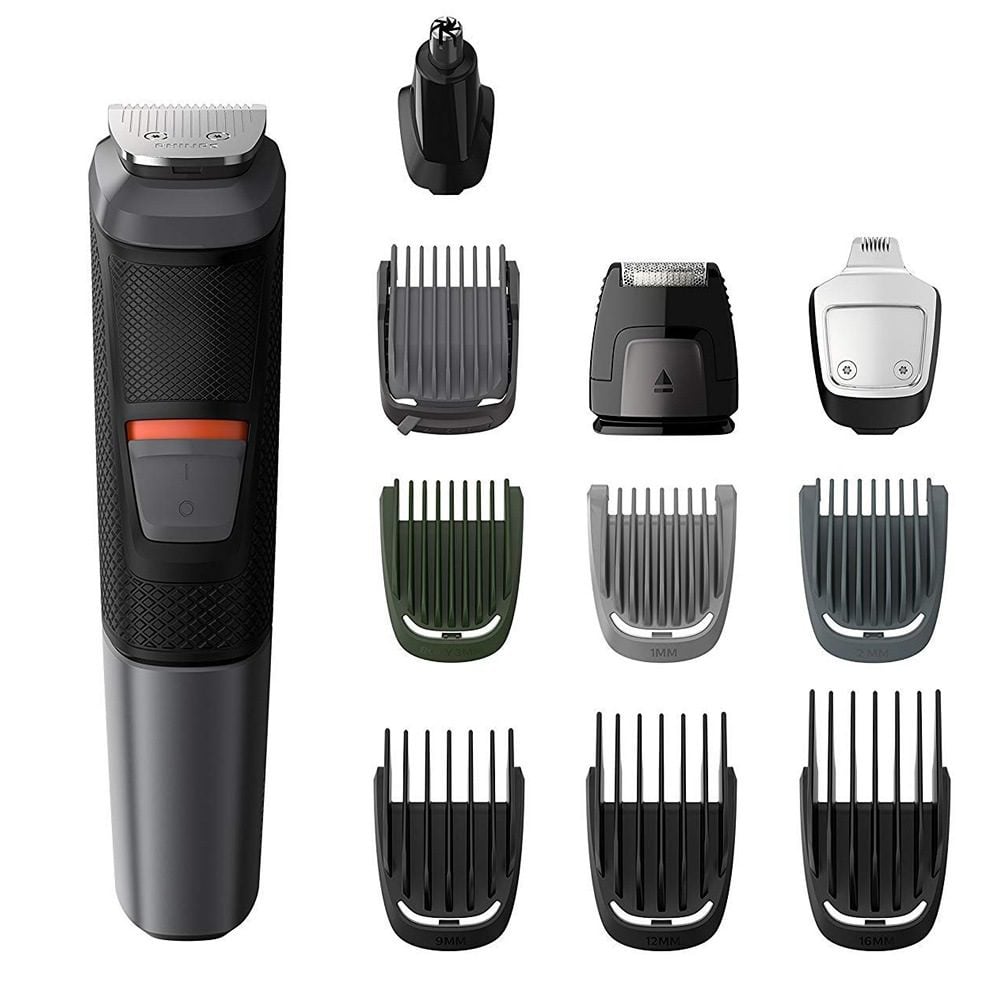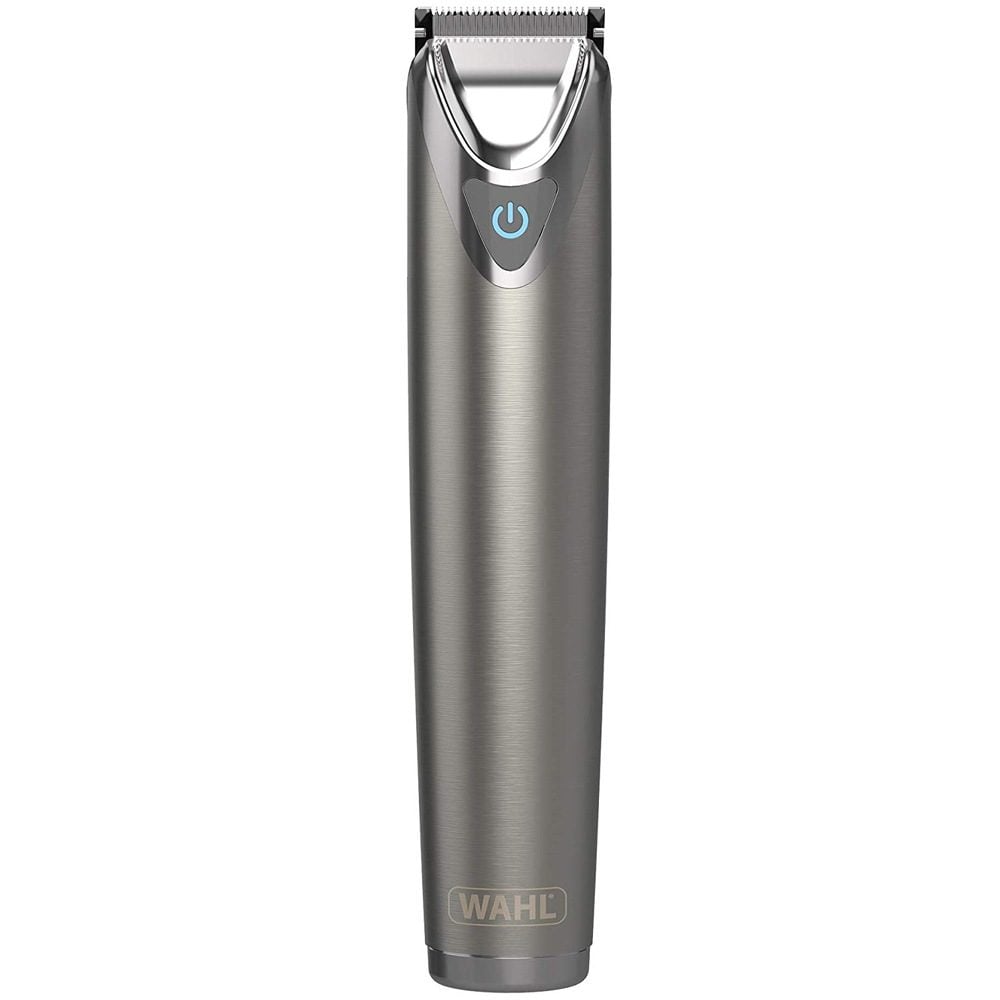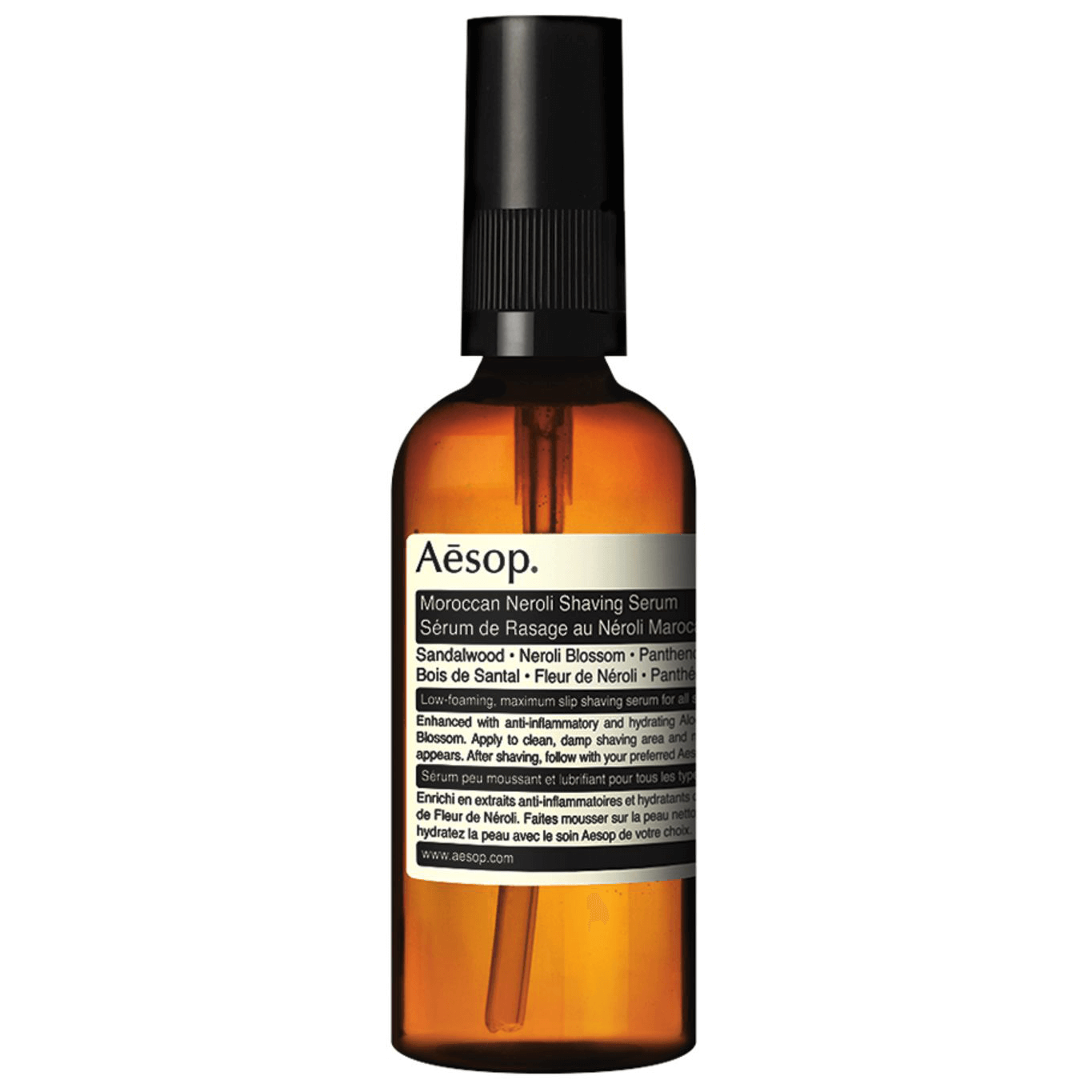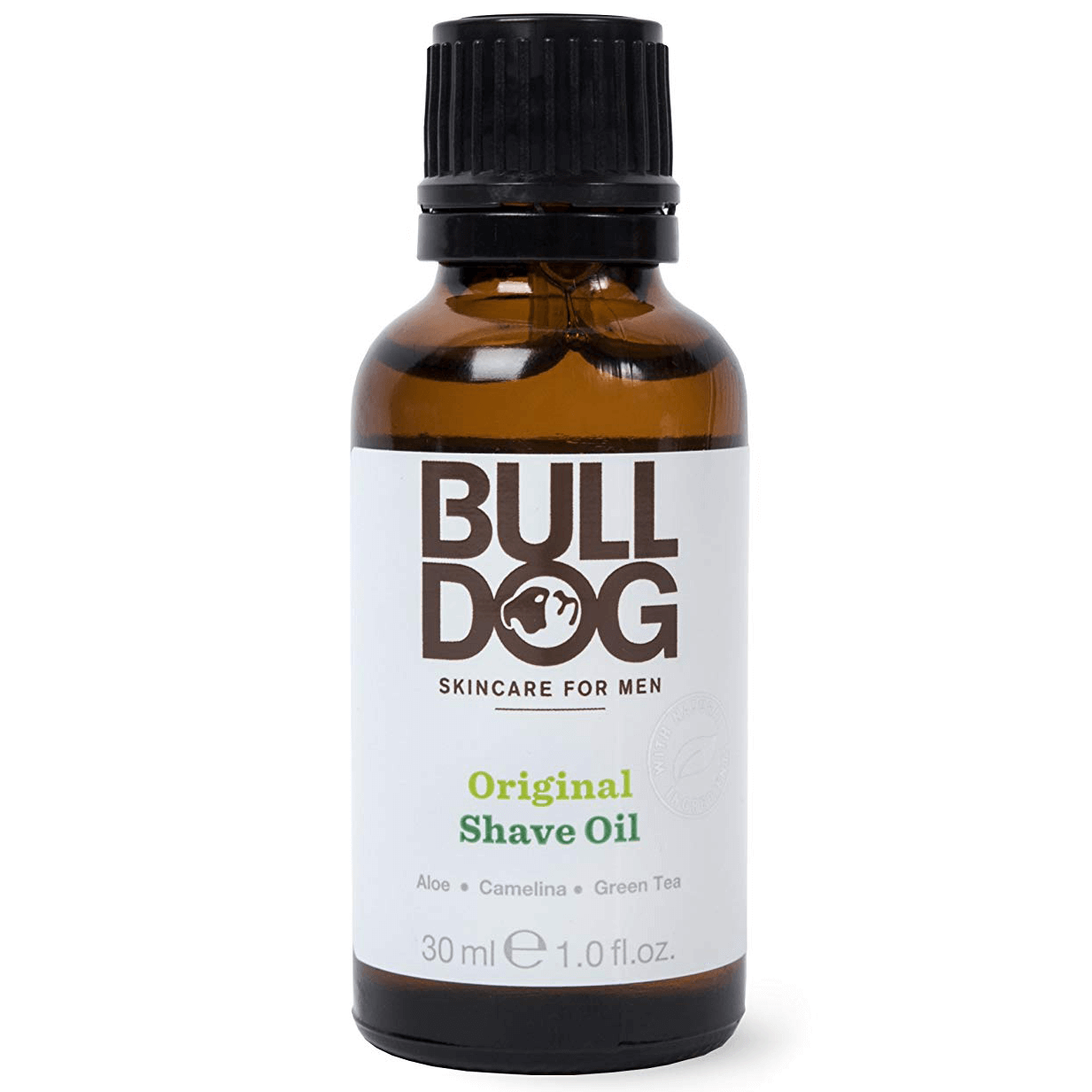Popular Beard Styles Every Man Should Know (& How to Maintain Them)
It’s official: the male grooming world is obsessed with facial hair. So popular has it become that, according to a recent YouGov survey a beard now graces the chin of 61% of 16-39-year-olds, with 44% of those opting for a full beard. But while men are more experimental with their face furniture than ever before, there are some beard styles which are considered true classics thanks to their versatility, ease of maintenance and ability to flatter a variety of face shapes.
So, whether you’ve never sported facial hair but fancy giving it a go, or are a bona fide beard buff and simply want to try something new, here are four timeless styles worth considering – along with some practical advice on maintaining them. But first, here’s how to choose the right facial hair for your face shape.
Which Beard Styles Will Suit You Best?
Men often think that they don’t suit facial hair when in reality they just don’t suit the facial hair they’ve previously experimented with. Often that’s because they’ve chosen the wrong style for their face shape. As a rule of thumb, a bushy beard will draw the eye across the face – making it look wider – while long, pointy styles and goatees draw the eye downwards, making the face appear slimmer and longer.
Select the right type of facial hair for your specific face shape and you will see an instant improvement.
Round Face
Bushy beards tend to make round faces look even rounder so keep the sides of the beard slightly shorter. Try beard styles that are full and long at the chin or opt for a goatee, which will help elongate the face slightly.
Square Face
A full beard is great for softening square, angular jawlines but keep it slightly shorter in the sideburn area and let the beard around the chin and jaw do the softening. For an elongating effect shape the beard into a slight point under the chin.
Long Face
Long faces tend to suit beards that are fuller at the sides and shorter at the chin. Grow a Gandalf and all you’ll do is make your face look even longer. Goatees are good too but, again, don’t let them grow too long at the chin.
Oval Face
If your face is more or less oval shaped you’ve lucked out and can pretty much pull off any facial hair style – from a modest goatee to a full on Seasick Steve. We’re jealous.
The Full Beard
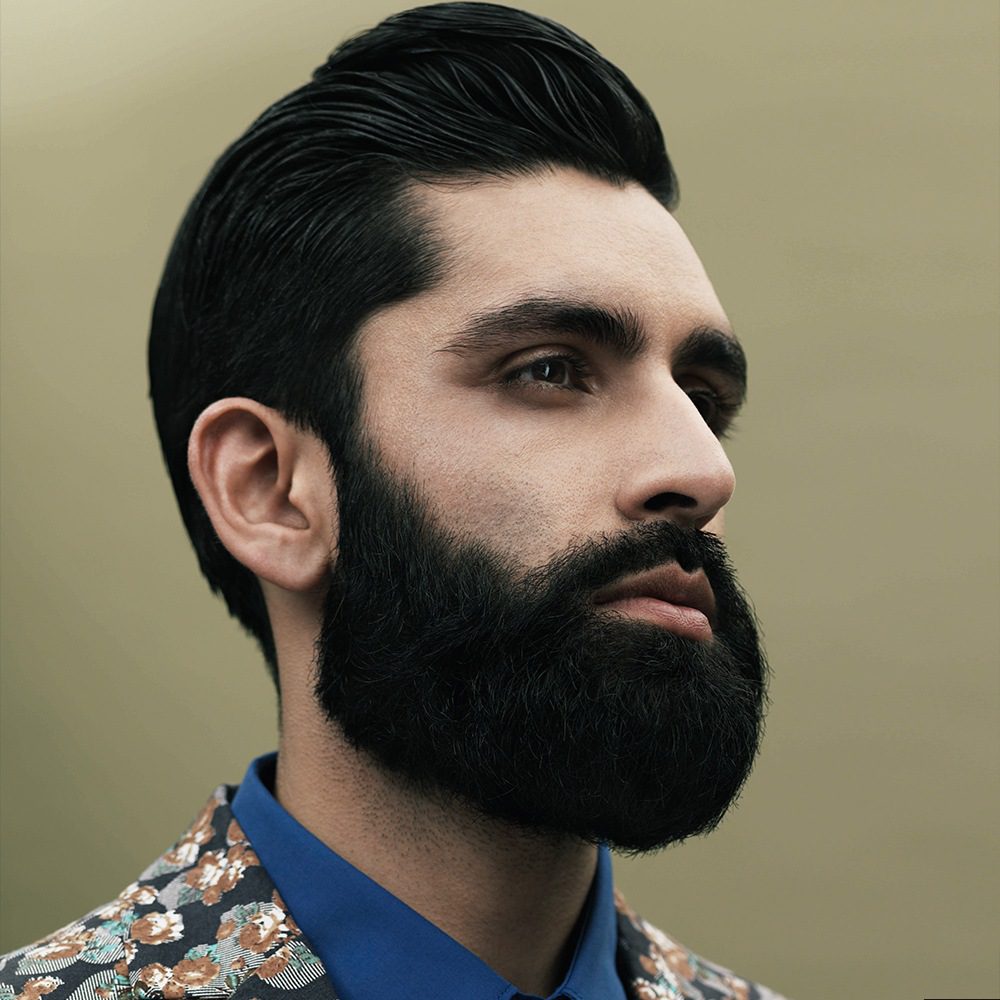
Long, thick and bushy, the full beard is the statement piece of facial hair styles, requiring confidence to carry it off successfully. Although they seem low maintenance they actually require TLC and a raft of tools and products to help them look their best.
Who It Suits
A full beard can suit anyone as long as you remember that long beards elongate thin faces and bushy, wide ones make round, square or oval faces appear rounder. They’re especially good at softening angular jaw lines (just keep the sides slightly shorter than the chin) and are great for balding guys as they draw attention away from your pate.
Unlike most other beard styles, full beards are contextual things, working best when you get the rest of your look right – something a swathe of tattooed, selvedge-jeaned, hipster barbers discovered years ago. They look especially good when you’re dressed up, counteracting the beard’s often rugged appearance with smart casual clothing.
How To Maintain It
A full beard can take several months to grow but, as is the case with garden hedges, it’s worth having it shaped regularly during the growing period to guide it into the right shape.
A barber will be able to ensure you’re growing the most flattering style for your face shape. If you’re shaping your own beard at home and are looking for a neat and flattering line on your neck, try ending your beard just above the Adam’s Apple.
- American Crew Beard Serum
- Jack Black Beard Oil
Keep your beard smooth, shiny and conditioned during the growing period with the help of a product like American Crew conditioning Beard Serum or Jack Black Beard Oil, massaged in with your fingertips so it reaches the skin beneath to minimise the risk of beard dandruff forming.
- Kent Monster Beard Brush
- Philips OneBlade
Thicker beards benefit from regular brushing to ensure hairs don’t get tangled, giving your beard volume (hairs lie flat so brushing plumps them back up) and helping fill in any patches. The Kent Monster Beard Brush is bigger than most and especially good for long, bushy beards. Remove any unwanted cheek hair with a high-quality razor or gadget like the Philips OneBlade.
- Remington Barba Beard Trimmer
- Philips Series 9000 Laser Guided Beard and Stubble Trimmer
To maintain your full beard, trim weekly with a beard trimmer like the Remington Barba on a long setting, fading the sideburn area to a slightly shorter setting if you’re bald or have a short crop (it’ll look more natural).
Brush through first to detangle hairs and ensure an even trim. If you want to add volume to your beard blow-dry it with a hairdryer on a medium heat setting while brushing downwards with a small round hairbrush or beard comb. If you’re growing it really long, though, get a professional to trim it using scissors in the same way you’d have a regular haircut.
- Murdock London Beard Conditioner
- Anthony Conditioning Beard Wash
You can keep your beard soft and shiny in the same way you do your hair – by applying a conditioner like Murdock Beard Conditioner after washing – but don’t overdo it as facial hair needs a certain degree of coarseness in order to look full and bushy. To be on the safe side stick to using it just once or twice a week.
- Benjamin Barber Beard Filler
- MMUK Beard Filler
Most sparseness will fill in eventually once the beard grows to decent length but if smaller patches are a problem you can disguise them using products like Benjamin Barber Beard Filler or MMUK Man Beard Filler, which come in several different shades and can be applied with a brush or your fingertips.
If patchiness or scars are enough of a problem to stop you from considering facial hair altogether, you might want to think about a beard transplant. An increasingly popular procedure, it uses Follicular Unit Extraction – the same technique used in FUE hair transplants – to move hair follicles from the back of the head to the face, helping fill in any gaps. Prices vary, depending on how much hair you want transplanting, but expect to pay upwards of £3,000.
- Just For Men Moustache and Beard Brush-In Colour Gel
- Just For Men Moustache and Beard Brush-In Colour Gel
Finally, if a grey beard worries you then dye the offending hairs with Just For Men Moustache and Beard Brush-In Colour Gel, which is specially formulated for facial hair and allows you to colour the whole beard or just treat isolated areas.
The Corporate Beard
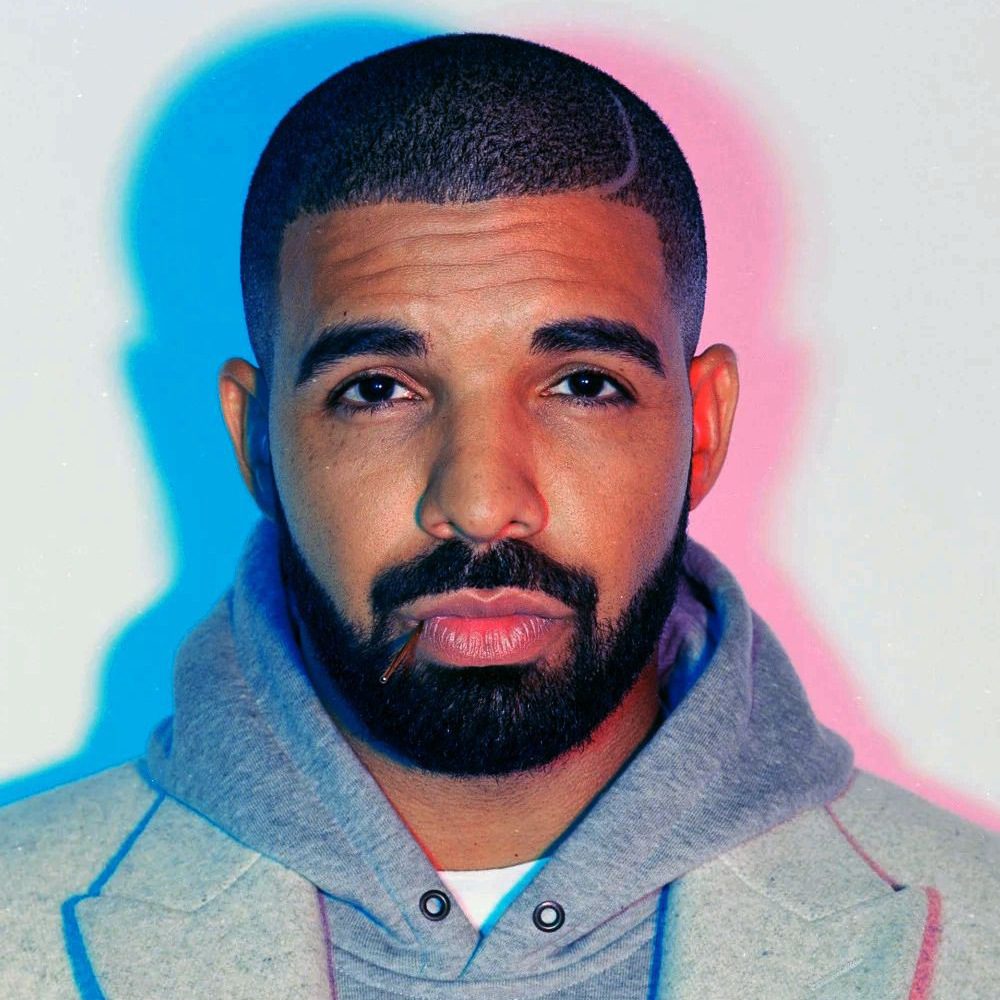
Essentially a dialled-down version of the full beard, the corporate is neater, slicker and altogether more work appropriate, particularly for business casual offices. It still has some attitude but is less of a statement than it’s bigger, bushier brother and because of this it’s also more versatile. Prince Harry rocks the look, as does Ryan Reynolds, but it’s Drake who’s the leader when it comes to a neat beard.
Maintained properly, with stragglers kept in check and edges precisely defined, it’ll see you right – from work to a wedding.
Who It Suits
Less of a fashion statement than a full beard, the corporate beard will suit most men but since the hair is kept shorter there’s less chance of it becoming long enough to disguise any gaps. Therefore, if you’re a guy with patchy growth you might want to opt for a more fulsome style.
A neatly trimmed beard complements the majority of face shapes, though a few simple tricks will help tailor it to your individual mug by adjusting length in key areas. If you’ve a round face, for example, taking the sides slightly shorter will help elongate the face, while leaving the sides slightly longer you can add width to a long, narrow face.
Be warned though: short beards that stop directly on the jawline are notoriously unflattering for those with a double chin.
How To Maintain It
Start by allowing hair to grow 1cm-2cm in length, ensuring you exfoliate with a quality face scrub, like Clinique for Men’s version, twice weekly to minimise the risk of ingrown hairs. Definition can be achieved by removing the guard on your beard trimmer and defining the edges with the edging blade.
- Clinique For Men Face Scrub
- Baxter of California Beard Line-Up Shave Gel
You can also use the same blade to remove any unwanted cheek hair. Alternatively, use a wet razor and a transparent shave gel, like Baxter Of California Beard Line-Up Shave Gel, or a shave oil to shave the cheek area. Short beards work best when the lines are kept defined. (A magnifying shaving mirror is a good idea and will help with accuracy.)
Avoid ending the beard exactly on the jawline and instead end it just under the natural line of the jaw or take it down to the Adam’s Apple, adjusting the trimming length by small increments as you work down to produce a subtle, natural-looking blending.
You can contour the face slightly, making it look longer and more angular, by shaving deeper down into the beard in the lower cheek area. If you’re a bald guy trim the top of the sideburns towards to the top of the ears slightly shorter to create a subtle ‘fade’ and to avoid an obvious demarcation line between beard and scalp.
- Swagger & Jacks Premium Beard Balm
- Tom Ford Beard Comb
Always make sure you condition the hair and moisturise the skin beneath: facial hair tends to wick moisture away from the skin, which can leave it dry and flaky. To dodge beard dandruff apply a product like Swagger & Jacks Premium Beard Balm daily and massage in with your fingertips to ensure contact with the skin, then use a beard brush like Kent’s Beard Brush or a comb such as the Tom Ford Beard Comb to distribute it evenly across the beard. The best time to apply beard products is immediately after a shower, while your pores are still open.
As with full beards it’s a good idea to have a short beard shaped once in a while by a professional barber to give you some boundary lines to follow.
The Beardstache
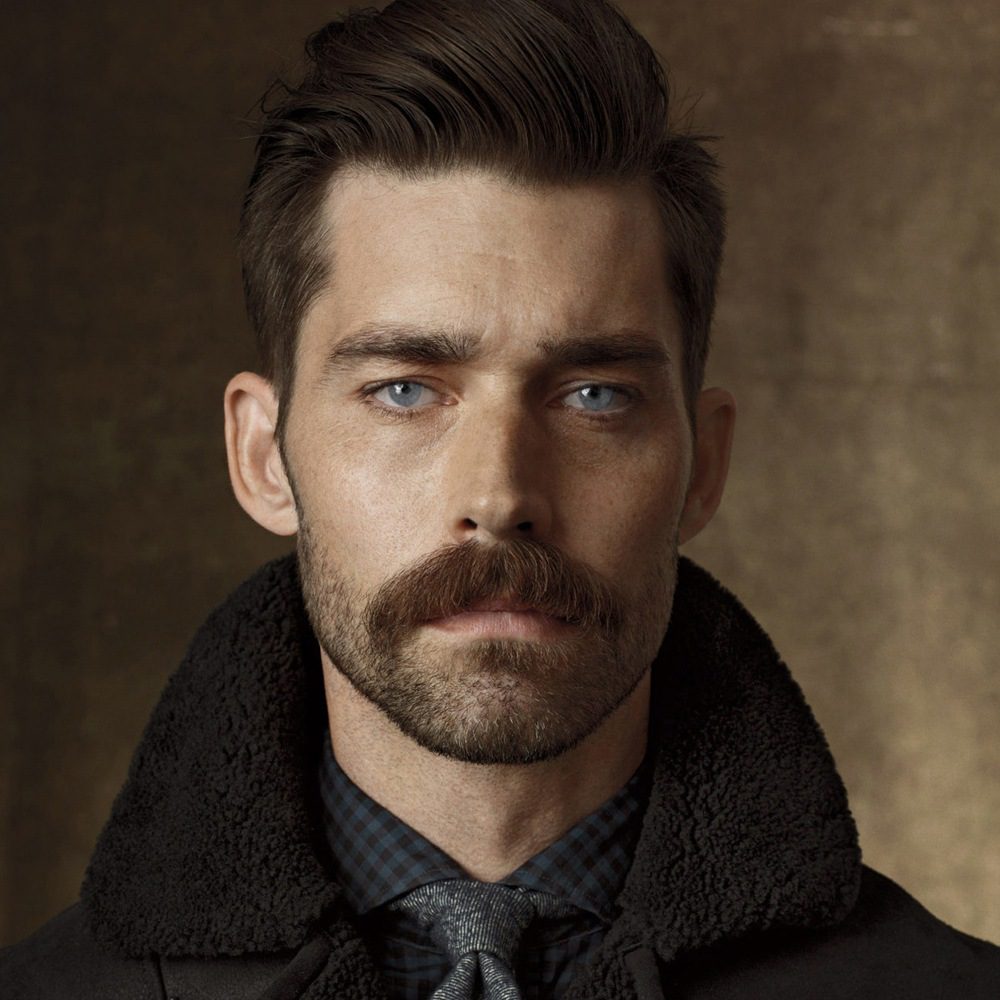
More than a moustache but not quite a beard, the beardstache fuses two individual styles to create the “third way” of facial hair. Typified by a long moustache surrounded by an undercut, shorter beard, it’s seen a revival in popularity of late but the style itself has been around for hundreds of years.
Everyone from tailor Patrick Grant to actor Kurt Russell and DJ/model Chris Camplin have sported the style. Experimenting with a beardstache is a great way to refresh your look if your bored with a bog-standard beard.
Who It Suits
The beardstache will suit most face shapes but two prerequisites ensure it works especially well: thick, coarse facial hair and a deep philtrum (the area of skin between the top lip and the nose) as these will help accentuate the ‘tache part.
How To Maintain It
Creating the classic beardstache is simple: you just need to allow the moustache part of the beard to grow longer, while trimming the rest of the facial hair shorter, using a short setting on your beard trimmer. (Be extra vigilant when tackling both at the same time as it’s easy to forget to adjust the settings correctly and hack too much off your moustache by accident.)
- Kent Moustache Comb
- Tweezerman G.E.A.R. Facial Hair Scissors
To keep the moustache part of your creation tidy you’ll need a comb like the Kent Moustache Comb (brush downwards from the nose) and a beard trimmer with an edging blade to keep the ends neat. Alternatively, use a pair of round-ended facial hair scissors like the Tweezerman G.E.A.R Facial Hair Scissors.
Beardstaches tend to look best when the lower edge of the moustache extends to just beyond the bottom edge of the top lip. You’ll need to be fastidious about keeping it clean, especially after meals (a good face wash or beard wash like the Bulldog Beard Shampoo & Conditioner will help with that), but the overall appearance will look all the better for the extra few millimetres so it’s worth the hassle.
- Bulldog Original 2-in-1 Beard Shampoo and Conditioner
- Percy Nobleman Moustache Wax
Applying beard oil will help keep things soft and glossy but for increased definition add a slick of moustache wax like Percy Nobleman Moustache Wax and brush through to shape.
You can vary the length differential between the two parts but bear in mind that, as with undercut haircuts, the bigger the difference, the more impactful the style, with full ‘tache and stubble being the most eye-catching contrast you can create.
A word of warning: always trim your beardstache when it’s dry; hair expands and relaxes when wet, returning to its original length when dry, so if you trim when wet there’s more chance of you cutting off more than you want.
The Goatee
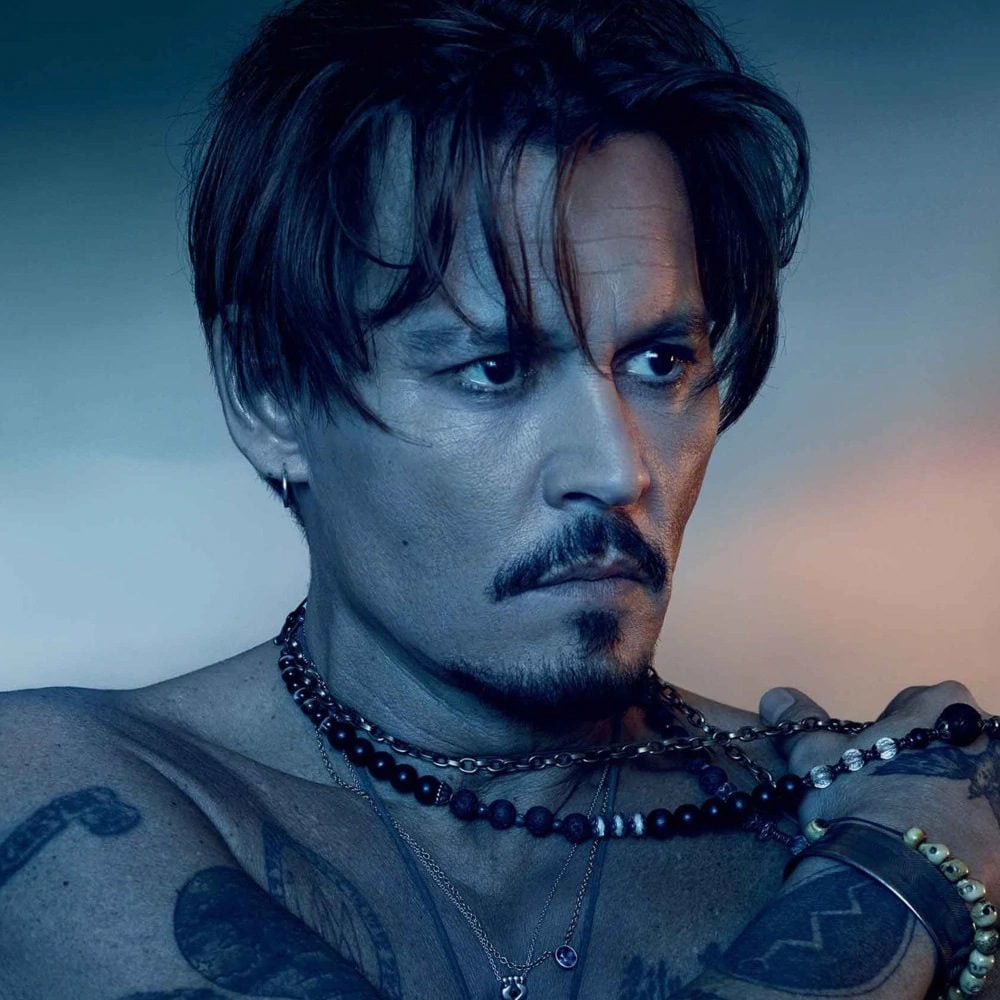
It may be the preferred style of Brad Pitt and Johnny Depp but perhaps the most famous goatee wearer is Pan – the bearded half-man, half-goat Greek God known for his love of music, nature and debauchery. Which probably explains why goatees, as well adding a slightly artistic air, bring a raffish, slightly devilish quality to the wearer too.
Who It Suits
More than a moustache, less than a beard; a goatee is the halfway house of facial hair, which is why it’s the ideal for 13% of men who say they can’t grow a full beard or for those whose growth is patchy and uneven when they do.
They look especially cool on guys with long hair (think Dave Grohl) where they add a grungy, rebellious, rock ‘n’ roll edge, but work well on short-haired guys too. You can still try a goatee if you’re a blonde or redhead but keep in mind that it won’t create nearly the same impact if the hair is fair.
How To Maintain It
- Philips Series 5000 11-in-1 Multi Grooming Kit
- Wahl Beard and Stubble Trimmer
You may not think it but a goatee requires just as much TLC as a full-sized beard. Start by letting your facial hair grow to around a centimetre in length, then shave the hair away from the sides of the face to leave hair around the lips and chin only, letting it continue to grow until your goatee reaches the desired length.
Once you’re happy, maintain it by giving it the once over with a beard trimmer each week. (Choose one the has an edging blade like the Philips Series 5000 Multi-Grooming Kit or Wahl Beard & Stubble Trimmer you can tidy up around the lips and down the sides.)
- Aesop Moroccan Neroli Shaving Serum
- Bulldog Original Shave Oil
You’ll also need to define your goatee every other day or so (daily if you’ve thick growth) by shaving the skin on the rest of the face. To do this swap your regular shaving cream or foam for a transparent oil or gel like Aesop Moroccan Neroli Shaving Oil or Bulldog Original Shave Oil– these will allow you see where you’re shaving so you can create sharper lines with greater accuracy.
Alternatively, use a gadget like the Philips OneBlade. Ideal for goatees, it allows you to remove hair from the face while the edging blade lets you trim and define where definition is needed.
Similarly to beards, goatee styles are only limited by a lack of imagination. You don’t have to look like Shaggy from Scooby Doo (unless you want to, of course) so experiment to find which length and type suits you best. Johnny Depp prefers the “d’Artagnan” where the moustache, jazz spot and chin hair are all separate entities but are linked by association; Brad Pitt often sports a full goatee worn long at the chin; while Kayne’s highly stylized lines around his skinny moustache are as sharp as his lyrics.

